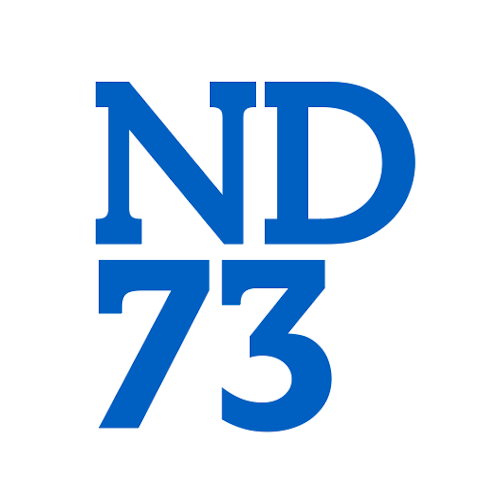Coursera Design System (CDS)
Creating a consistent Design System
The UX Challenge: Scaling Coursera’s Design for Growth
With rapid expansion over six years, Coursera’s design ecosystem became fragmented and inconsistent across verticals. The need for fast iteration cycles led to a disjointed user experience, with no shared vision, principles, or measurable criteria across teams. The lack of brand guidelines, a unified content style guide, and a scalable design system resulted in high design and technical debt, making it difficult to maintain quality and consistency.
The UX Solution
To unify Coursera’s design approach and create a scalable, consistent experience, I led initiatives that:
- Built & Led a Cross-Functional Design Team – Hired top talent with expertise in design systems, accessibility, and internationalization to establish a solid foundation.
- Established a Unified Design Vision – Created design principles, system foundations, and measurable objectives to align all verticals.
- Developed a Comprehensive Design System – Partnered with product, brand, and content design teams to create a flexible, scalable system that ensures cohesion across all experiences.
- Implemented an Alignment Framework – Introduced a collaborative approach to ensure the design system is community-driven and adaptable across teams.
- Optimized Tools & Workflows – Standardized Jira, Confluence, Storybook, and Figma libraries to streamline collaboration and maintain efficiency.
Outcome & Impact
- Launch of Coursera Design System 1.0 – A fully documented, internationalization-ready (RTL) design system that enables teams to scale.
- Unified Brand & UX Across All Experiences – Ongoing releases of brand initiatives across the platform, reinforcing consistency and identity.
- One Centralized Code Repository – Eliminating redundancy and improving engineering efficiency.
- Figma Library & Shared Design Assets – Ensuring cross-team accessibility and adoption.
- Improved Accessibility & Global Reach – Integrated accessibility and internationalization guidelines into the system.
- Community-Driven Design Alignment – A framework that allows teams to contribute while maintaining cohesion and flexibility.
By establishing a scalable design system and fostering collaboration, we transformed Coursera’s design ecosystem from fragmented to unified, creating a more efficient, accessible, and globally adaptable user experience.









